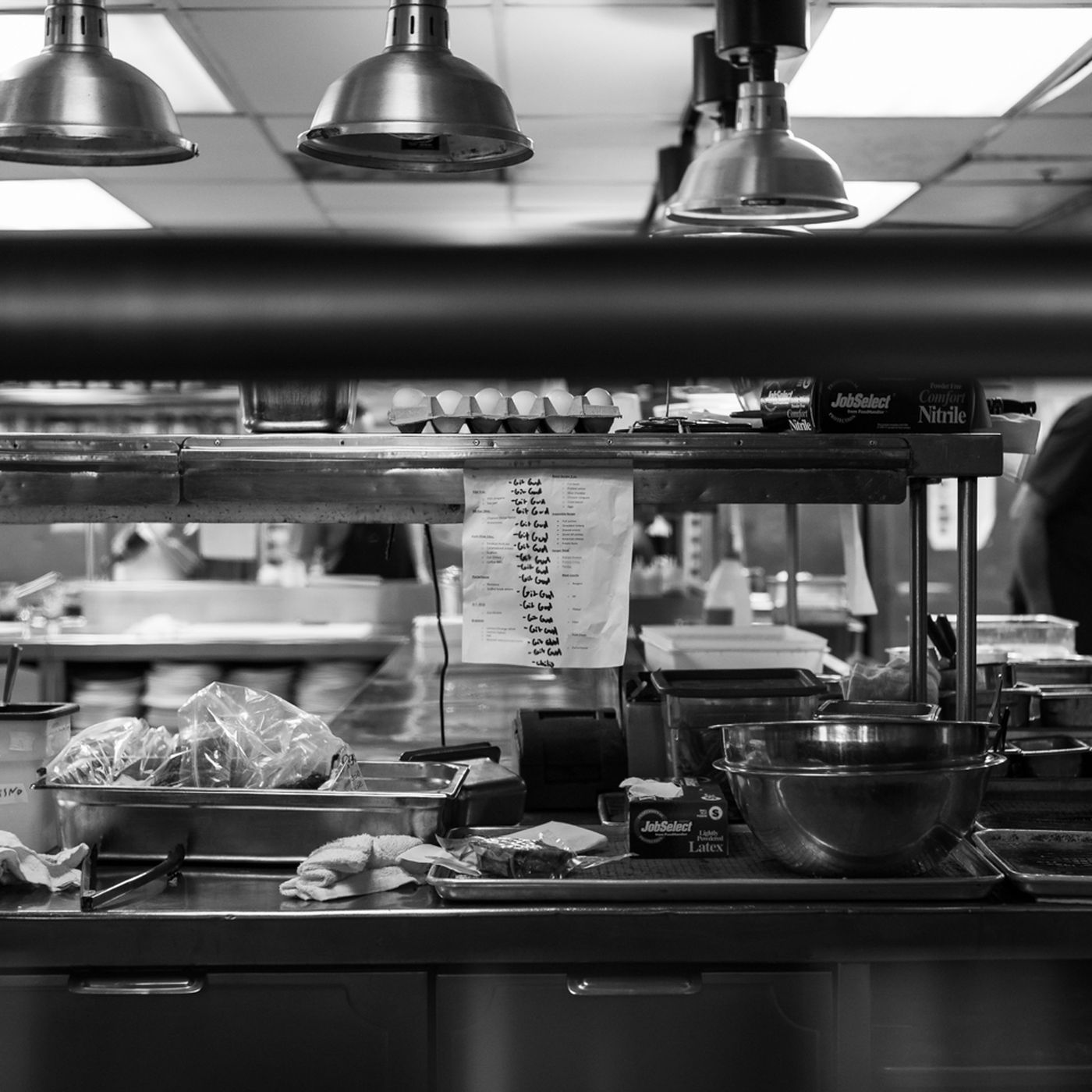The menu of a restaurant is not just a list of dishes; it’s a powerful marketing tool for maximizing profitability and enhancing the dining experience.
Menu engineering is the art and science of strategically designing and pricing your menu items to increase sales, improve guest satisfaction, and ultimately boost your restaurant’s bottom line. In this article, we delve into the world of menu engineering and explore how it can help restaurant owners and managers make informed decisions about their menu offerings.
Menu Engineering: The Basics
In menu engineering, the objective is to categorize and analyze menu items based on their popularity and profitability on a systematic basis. By classifying items into four categories, you can make data-driven decisions:
Okay, now here’s how each category contributes to your restaurant’s profitability:
-
- Stars: These are the menu items that shine. They are both popular among customers and highly profitable because their ingredients are cost-effective, and they can be sold at a premium price.
-
- Plowhorses: Plowhorses are popular menu items but have lower profit margins due to higher ingredient costs or lower pricing. They attract customers and may be used strategically to upsell higher-profit items.
-
- Puzzles: These are high-profit items that are not as popular as they could be. Menu engineering aims to promote these items to increase their sales and profitability.
-
- Dogs: Low-profit, low-popularity items should either be improved or removed (we usually opt for removal) from the menu to streamline operations and enhance profitability.
Strategies for Menu Engineering
-
- Highlight your Stars: Place star items in prominent positions on the menu, such as at the top or in a dedicated section. Use enticing descriptions and high-quality images to draw attention to these dishes.
-
- Optimize (Work!) your Plowhorses: Use plowhorses strategically. Pair them with stars or upsell options to increase their profitability. Consider price adjustments or ingredient substitutions to improve their margins.
-
- Promote Puzzles: Use eye-catching visuals and engaging descriptions to encourage customers to try puzzle items. Offer special promotions or incentives to increase their popularity.
-
- Deal with the Dogs: If a menu item falls into the “dogs” category, it’s time to evaluate its future on the menu. Consider revamping the dish, adjusting pricing, or removing it altogether if it doesn’t contribute to profitability.
Pricing Strategies
Menu engineering also involves strategic pricing. Consider factors such as food costs, portion sizes, and competition when setting prices. Use psychological pricing techniques like charm pricing (e.g., pricing an item at $9.99 instead of $10) to make items appear more affordable. Additionally, experiment with bundling options to encourage customers to order multiple items.
Menu Design and Layout
Customer choices are influenced by the design and layout of your menu. Make important items stand out with typography, colors, and formatting. Provide a hierarchy of information, with stars and high-profit items prominently displayed. Make the menu easy to read by avoiding clutter.
Wrapping it up
Menu engineering is not a one-size-fits-all solution, but rather a dynamic process that requires continuous analysis and adjustment. By strategically designing your menu, pricing items, and optimizing their placement, you can maximize profitability, enhance guest satisfaction, and ultimately create a more successful and profitable restaurant. Embrace the art and science of menu engineering to drive your restaurant toward long-term success.




